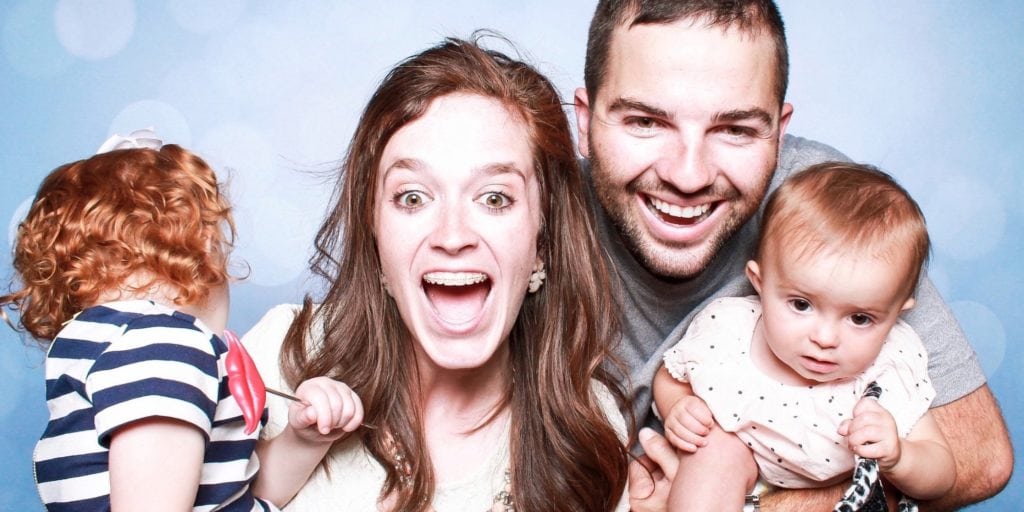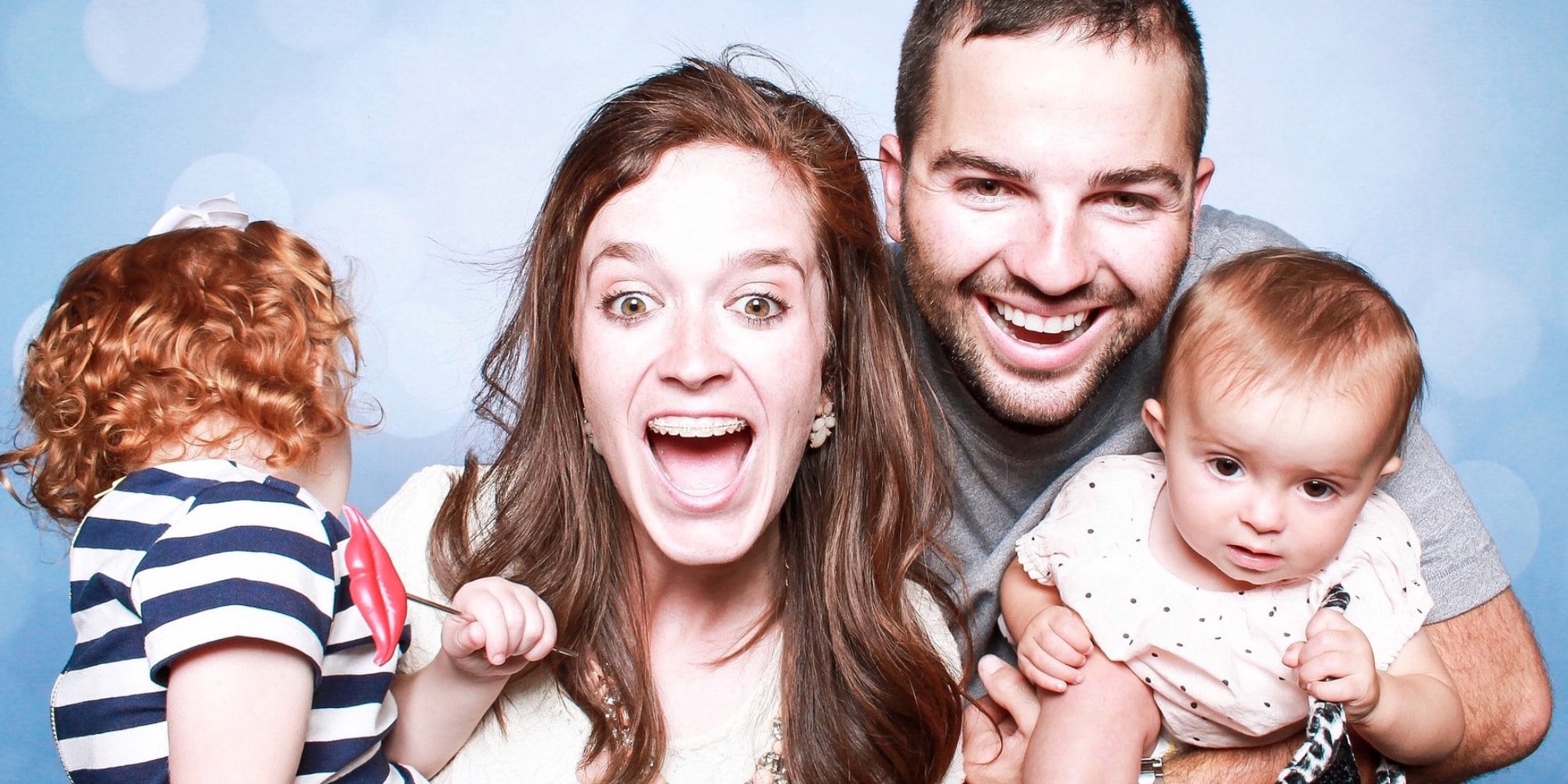 Something interesting is starting to happen with millennials.
Something interesting is starting to happen with millennials.
Conventional wisdom says millennials are the generation born in the early 1980s through the early 2000s. Based on these dates they’re now, in 2018, starting to grow up.
Millennials are in their early to mid-twenties to mid-thirties. That means they are beginning to need and want what most baby boomers wanted and needed at their age. These include a steady job, marriage, children, and a home. It turns out that they may not be so different from the generations that preceded them.
What defines a millennial?
There’s been a lot of hand-wringing from marketers and advertising executives trying to “figure out” the best way to reach these young people. Much of this has been based on the technology used by millennials.
We have a tendency to label this generation by the ubiquitous technology that they all seem to carry. But if you think about it, you probably carry that same device with you and consult it multiple times a day.
How often do you check your email on your phone? Look at me calling it a phone. It hasn’t been a phone for years. It’s a mobile device, a hand-held computer.
- If I send a text message to my son, does that mean I’m a millennial?
- If I use an app to find a restaurant close to my house, does that make me a millennial?
- If I take a picture of the food I’m eating at the restaurant, does that make me a millennial?
Just because I have become comfortable with the use of technology does not mean that I’m a part of a different generation. It means that I, like many of you, have adapted to something new. Well, I have news for you, the same happens with millennials.
For example, you may think with the numerous music apps available that millennials have given up on traditional media like radio. Well, according to the Nielsen Q1 2017 Total Audience Report, “the reach of digital radio has increased…but the weekly reach of AM/FM among Millennials remains 93%.” And, according to Nielsen’s Q1 2017 Comparable Metrics Report, “radio reaches more people 18-34 than any other medium.”
Radio is a technology older than television yet millennials still consume its content. And, the older they get they’ll still watch television, read books and magazines, and open their mail like generations before them.
Hear from a millennial
 Millennial engagement expert and bestselling author Gabrielle Bosché thinks that the coming year will hold a number of changes for millennials. She believes that, based on their age, more millennial couples will start families in 2018. And, when a generation of 80 million individuals starts having families that will impact nearly every industry in the country. Bosché believes this will lead to growth in the real estate market, a boom in luxury SUVs and organic food delivery services.
Millennial engagement expert and bestselling author Gabrielle Bosché thinks that the coming year will hold a number of changes for millennials. She believes that, based on their age, more millennial couples will start families in 2018. And, when a generation of 80 million individuals starts having families that will impact nearly every industry in the country. Bosché believes this will lead to growth in the real estate market, a boom in luxury SUVs and organic food delivery services.
Bosché also sees a trend with millennials suffering from what she calls “digit-fatigue.” These individuals are engaging in everything from media fasts to cutting the cable box cord in order to escape the constant bombardment from their electronic devices. According to Variety, 22 million U.S. adults will have canceled cable and satellite TV by the end of 2017 and this trend is expected to grow.
With changes in media consumption and in family lifestyle, there’s a traditional media source that works well for millennials. It’s not intrusive. It’s renewable. It’s easy to use. It’s engaging. It’s direct mail.
Research shows that millennials engage with multiple marketing channels, including direct mail. According to a Gallup Poll, 95% of adults between 18 and 29 feel positive about receiving personal mail. In fact, 57% have made purchases based on direct mail offers. But, they don’t want plan ordinary direct mail.
Think of other media consumption habits of millennials. They want authenticity, a focus on the experience rather than merely on specs, and often some kind of socio-ethical tie-in, such as serving the disadvantaged or protecting the environment.
The USPS has some suggestions for how to create engaging mail pieces for millennials. These include:
- Incorporate digital elements. Embed QR Codes, NFC, or AR to link the mailer to video and interactive materials on your website or social media sites.
- Keep your messaging succinct. Provide bite-size pieces of information. Millennials may love mail, but they are still distracted and living in a highly fractured media environment.
- Be authentic. Millennials distrust traditional advertising, so avoid hard-sell language. Use a straightforward, transparent approach.
- Use enhancements. Think scent, sound, or texture.
- Help them feel that their purchase makes a difference in the world. Campaigns that donate a percentage of profits to a worthy cause or in some other way demonstrate corporate responsibility can resonate if they are seen as authentic.
- Minimize slang, which can be seen as inauthentic. Use slang with caution, even if you are millennial yourself, or you risk turning off your audience.
If you’re looking for a way to connect with 80 million individuals then direct mail is a great choice. Help them learn about the best deals on their luxury SUVs, organic food delivery services, or any other products and services that will help them start their new families. A creative direct mail piece, in the form of catalogs, postcards, and newsletters will get your message in the door and in their hands, where it can be seen, read, felt, and acted upon.
Things truly are starting to change for the generation we call millennials. As they grow up, mature and begin having families they will, like generations before them, embrace technologies both new and traditional. And we’ll be here to help.

